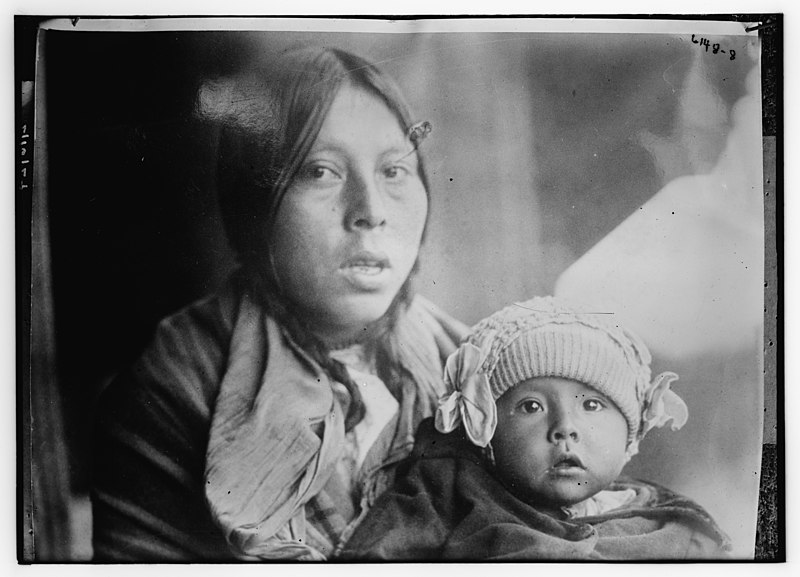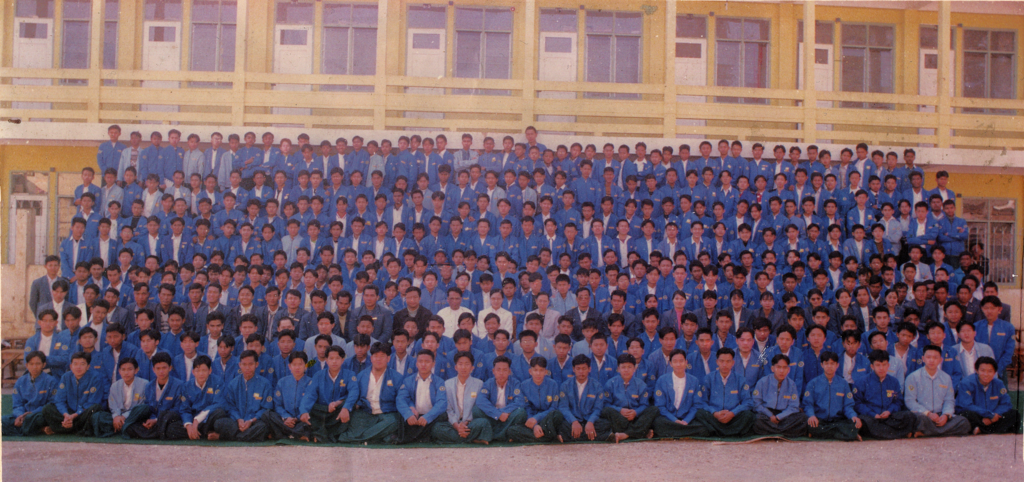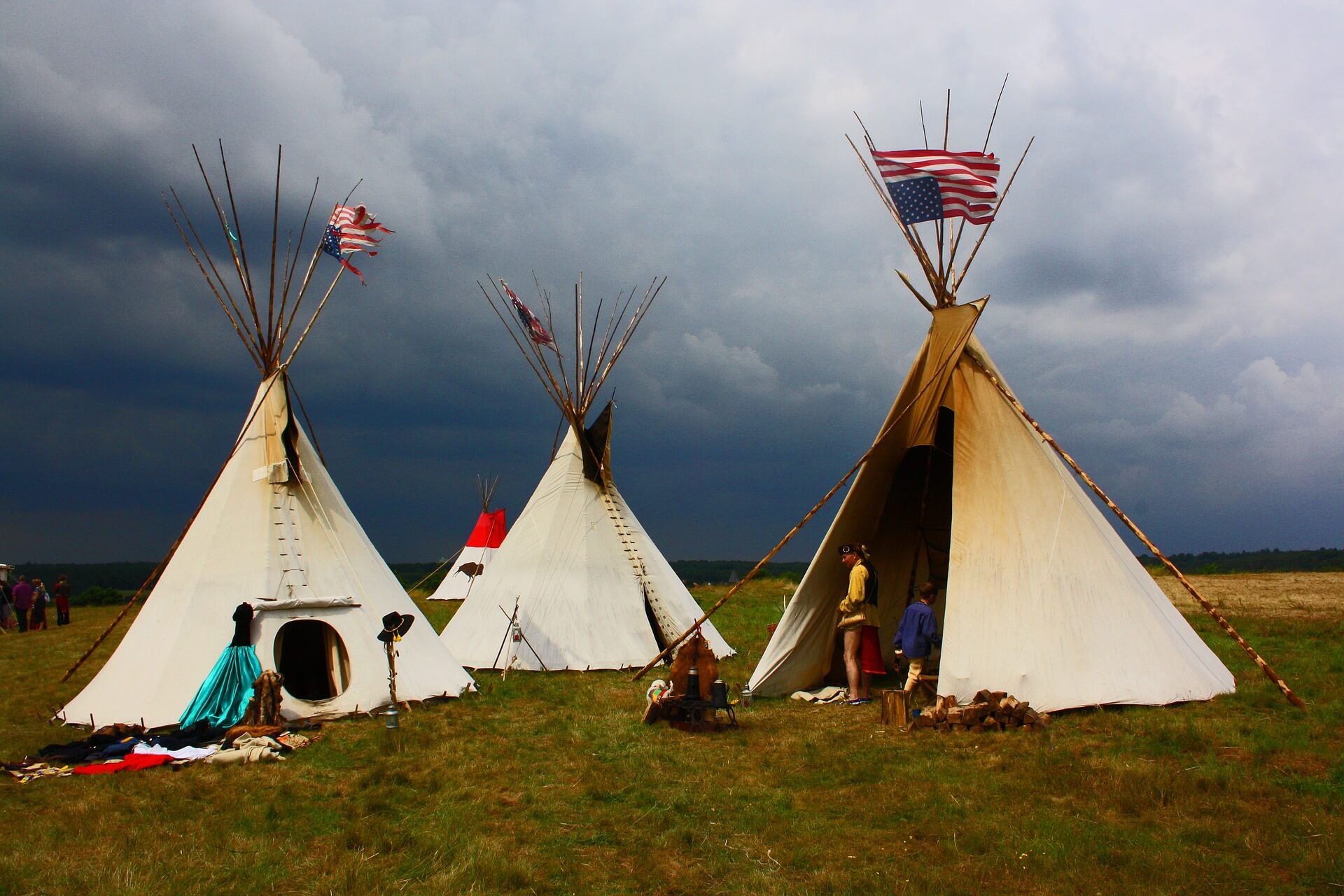Join Us in Empowering Native American Communities Today!
Welcome to our organization dedicated to improving the lives of Native American communities
across the country. We believe that everyone deserves access to basic needs such as education,
healthcare and housing, and we work tirelessly to make that a reality.
By supporting us today, you'll be part of a movement to empower and uplift these communities and
make a positive impact for generations to come. Let's work together towards a brighter future
for all.
Join the Fight for Native American Equality
The United States has a dark history with Native American communities. For centuries, the government and its citizens have systematically oppressed and exploited Native American communities, committing acts of violence such as forced relocation and land seizure. It's important to acknowledge this history for reconciliation and work towards a peacefull future. Let's explore the evidence of this history and its implications and make a difference together.
Declining Birthrate
For centuries, indigenous women have been subject to systemic violence and discrimination, which has had devastating effects on their physical and mental health, as well as their social and economic well-being. Since rape and sexual violence were used as tools of oppression and conquest by European colonizers, one in three indigenous women has been raped in her lifetime during that phase. These acts were often tolerated or even encouraged by American law and legal systems. Not only caused this the spread of sexually transmitted diseases without any chance of medical care, but also psychological damages like depression or anxiety. These psychological damages have highly contributed to a declining number of indigenous children.

Reeducation and Boarding Schools
State or church-run boarding schools were established to eliminate Native American ways of life, and over 500 children died in these schools. The first schools were founded in the mid-19th century, with 408 schools in operation between 1819 and 1969. At first, families were forced to send their children there, but later there were no other options. Children were forced to cut their hair, abandon their traditional clothing, adopt new names, and speak English (with punishments for speaking their own languages). They were forcibly converted to Christianity, with their religion taught to be inferior, and they were made to feel ashamed of being Native American. The schools had strict rules with harsh punishments. Students suffered from "shameful physical, sexual, and emotional abuse."

Murder of indigenous people
The Wounded Knee Massacre is one of the most well-known examples of the mass killings of Native
American people in American history. It occurred in 1890, when soldiers opened fire on a group
of Lakota people, and took away the life of around 300 men, women and even children. Another
example of brutality and violence is the Sand Creek Massacre in 1864. A peaceful encampment of
Cheyenne and Arapaho people, who had been promised protection by the government, was attacked
and over 200 people died, mostly old people, women and children.
Both of these massacres represent only a small fraction of the violence and exploitation that
Native American communities have faced over the course of American history. The legacy of these
massacres continues to be felt today, as Native American communities face ongoing discrimination
and injustice.

Living Conditions
As the white man came to America, Natives were banned from their homes and relocated into
reservations, where diseases and epidemics spread. One of the most fatal epidemics for the
people in the reservations was the smallpox epidemic 1775 – 1783. It was nearly as deadly as the
attacks and massacres caused by the white invaders. Native Americans had to live with a constant
fear of someone deliberately killing them or a family member.
Today, the living conditions in the reservations are still bad. Native American Rich Lone Elk,
who lived in the Pine Ridge Reservation for nearly his whole life, compares living in
reservations to “Living in the ghetto”. Due to the loss of tradition and indigenous identity and
the cultural disorientation of young Native American people a gang culture has formed in these
reservations, resulting in crimes and bad interactions with the legal system. All of this gives
white people a reason to discriminate Native Americans, what makes their situation even worse,
resulting in more crime and so on. This downwards spiral is one of the reasons for mental and
physical health damage and a rising number of suicides.

Creating a Path Forward for Native Americans
At our organization, we're dedicated to creating a better future for Native American communities. In the video below, we'll share our vision for empowering Indigenous people and addressing the issues they face. Let's work together to make a difference.